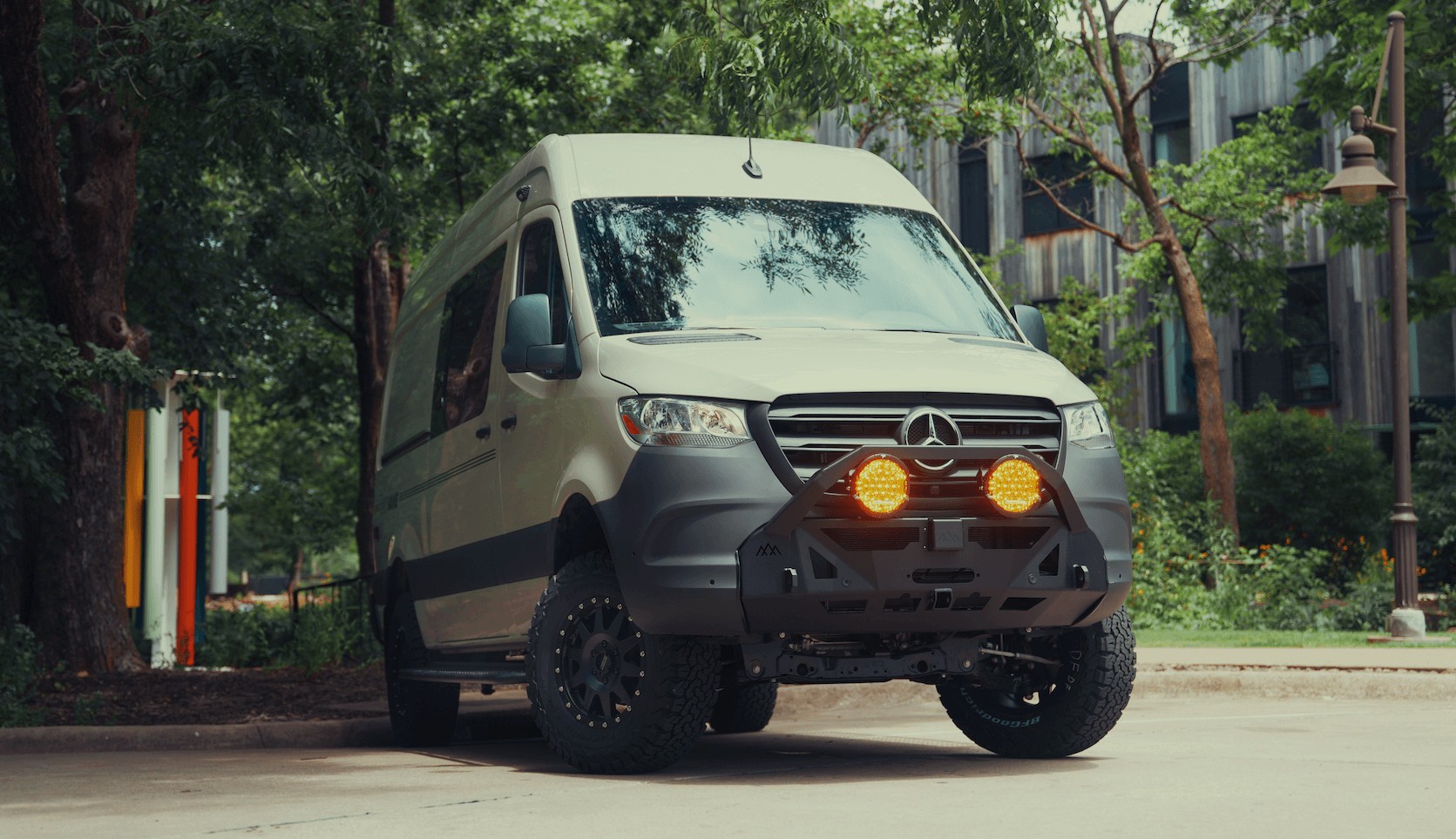Recreational Vans

The plate on your van follows how the vehicle is titled and used. If you drive a standard passenger van with seats and no permanent living systems, most states register it as a passenger vehicle. Add fixed sleeping space, a built in galley, and a water system, and many states consider the vehicle a motorhome. That change can unlock RV plates and sometimes different fees or inspection paths.
Across the United States, DMVs commonly look for permanent features rather than removable gear. A cot that folds out is temporary, while a bolted platform bed with integrated storage is permanent. A water jug on the floor is temporary, while a mounted freshwater tank and plumbed sink are permanent. The more essential living functions become fixed, the more likely the van qualifies as an RV.
Most states use a definition similar to a self propelled vehicle designed for human habitation. Typical elements include:
If your build meets those elements, your DMV may allow or require retitling from passenger or commercial to motorhome. Once retitled, you will usually receive RV plates.
There is no single national rule. Each state sets its own thresholds and documentation. A few broad patterns show up repeatedly.
Two other variables often matter:
When you apply for RV plates, bring compelling documentation. Clear photos of the permanent bed, plumbed sink, fixed galley, ventilation, and electrical systems help the clerk understand the conversion. A concise parts list, invoices for major components, and a simple diagram go a long way.
If your van is your commuter and your camper, check whether your state allows RV plates on a daily driver. Many do, but some owners prefer passenger plates until the conversion is complete. The key is honest use and accurate titling.
Insurance carriers rate risk based on use and equipment. A van with passenger plates but a full interior may not be properly covered. When you move to RV plates, update your policy to a motorhome or camper policy so the built interior is included.
Most DMVs follow a similar playbook, even if forms differ. Plan for these steps.
Confirm the definition Check your state’s definition of a motorhome. Note the required permanent features. If you do not have all the elements yet, you may need to complete them before applying.
Gather proof of permanent systems Take clear photos of the bolted bed, fixed galley, plumbed water, ventilation, and installed electrical. Include receipts for big ticket items such as power systems, water tanks, and heating or cooling units.
Weigh ticket and VIN verification Some states want a certified weight ticket. If the VIN inspection is required, schedule it before your DMV visit.
Safety and emissions You may need a safety inspection and, in emissions counties, a smog or OBD check. These typically follow the chassis standards for your model year.
Insurance update Switch to an RV or motorhome policy that covers the conversion. Bring proof to the DMV.
Title application Apply to retitle from passenger or commercial to motorhome. Submit your documentation packet and pay fees.
Receive RV plates Once approved, you will receive RV plates and updated registration reflecting motorhome status.
Common pitfalls to avoid:
Fees vary by state and weight. Some states base fees partly on vehicle value. Inspections may be annual or biennial, with emissions tied to your engine and model year. Keep the interior layout consistent with your title. Removing the fixed galley or bed can put you out of alignment with RV registration.
If you carry significant cargo, confirm your gross vehicle weight rating and axle limits. RV plates do not change physics. Proper tires, suspension, and braking capacity are safety essentials.
Retitling a camper van is far easier when your build clearly matches the motorhome definition. Permanent systems, clean wiring, safe plumbing, and thoughtful ventilation make your case obvious to inspectors and clerks.
A professional upfit documents the work and presents it in a way that translates for DMV staff. That means:
When your van is ready for plates, clear documentation and a compliant design turn a long day at the DMV into a straightforward visit.
Based in Northwest Arkansas, OZK Customs builds adventure vans that satisfy real world travel needs and line up with state definitions for motorhomes. Our process starts with how you use your van, then we design permanent sleeping, cooking, water, and power systems that meet inspection standards without sacrificing space or ride quality. You get a safe, durable interior, plus a documentation packet that simplifies the retitle process in your state.
This article shares general information, not legal advice. Always confirm forms and requirements with your state DMV. If your travel plans include multiple states, follow your home state’s rules and keep your documentation in the vehicle.
You want the van you love and plates that match how you use it. OZK Customs designs and builds compliant camper vans, then helps you move from passenger or commercial to RV plates with organized documentation. Share your travel goals, and we will create a build plan that passes inspections and feels like home on wheels.
Tell us about your trip style, seating needs, and storage priorities. We will map a compliant build and deliver a packet that makes your DMV visit simple. Let’s start your custom plan today.
Ready to register a camper van without headaches? Our team designs and builds compliant adventure vans, documents the upfit, and guides you through the retitle process. Tell us how you travel, and we will blueprint a build that meets state definitions for a motorhome while staying true to your lifestyle. Start your custom plan now.
ADDRESS:
6159 E Huntsville Rd, Fayetteville, AR 72701
PHONE:
(479) 326-9200
EMAIL:
info@ozkvans.com